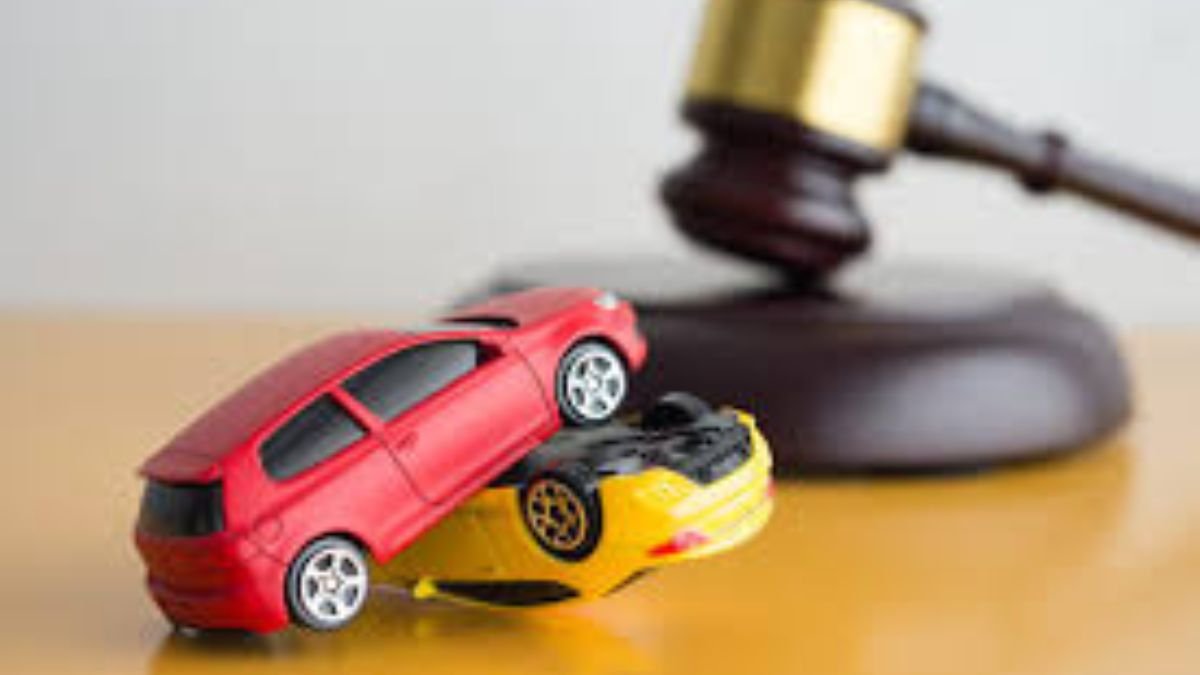Getting involved in a car accident can be daunting. If you want to prove fault, understanding key elements is essential. A Milwaukee car accident lawyer can guide you through this challenging process. Start by gathering evidence. Take clear photos of the scene and any damage. Witness statements can also strengthen your case. Next, focus on police reports. These documents often provide unbiased insights into the accident’s cause. Don’t forget about medical records. These can show the impact of the accident on your health. It’s important to demonstrate negligence. This means showing the other driver did not follow traffic laws or acted carelessly. Keep your emotions in check and address facts. If you’re organized, your case will be more compelling. Lastly, consider consulting a lawyer. They offer valuable advice and represent your best interests. Proving fault requires effort, but it’s necessary for a fair outcome. You’re not alone in this journey.
Understanding Negligence
In car accidents, negligence determines fault. If a driver does not act with reasonable care, they are negligent. You must prove four elements:
- Duty: The driver had a duty to follow traffic laws.
- Breach: The driver failed to meet this duty.
- Causation: The breach caused the accident.
- Damages: The accident led to injuries or losses.
Understanding these elements helps you gather the right evidence.
Gathering Evidence
Evidence is crucial in proving fault. Here are steps to take:
- Photograph the accident scene. Focus on vehicle positions and road conditions.
- Collect contact information from witnesses. Their statements can support your claims.
- Request a copy of the police report. This provides an unbiased view of the accident.
- Obtain medical records. These show the physical impact of the accident on you.
Each type of evidence plays an important role in making your case stronger.
Using Police Reports
Police reports are valuable. They often include:
- Details of the accident scene
- Statements from involved parties and witnesses
- Officer’s assessment of what happened
This report can be a key piece of evidence. It often strengthens your position.
Comparing Fault and Responsibility
Understanding the difference between fault and responsibility is important. Fault determines legal liability. Responsibility may involve other factors like insurance. Here’s a simple comparison:
| Factor | Fault | Responsibility |
| Definition | Legal liability for the accident | Obligation to cover damages |
| Determined By | Evidence and negligence | Insurance policies and agreements |
| Influenced By | Driver’s actions | Insurance coverage limits |
Seeking Legal Advice
Consulting a lawyer can be beneficial. A knowledgeable lawyer helps you:
- Understand your legal rights
- Navigate complex procedures
- Negotiate with insurance companies
Legal guidance ensures your interests are represented accurately.
For more information on legal procedures, explore Justia’s car accident resources.
Insurance and Settlements
Insurance negotiations are part of proving fault. To strengthen your case, you should:
- Provide all gathered evidence
- Clearly explain the accident’s impact on your life
- Be prepared for counterarguments
Settlements often hinge on how well you present your case.
Conclusion
Proving fault in a car accident case involves effort and clarity. Focus on gathering solid evidence and understanding negligence. Use police reports and witness statements to build your case. Consult a lawyer to navigate legal complexities. By staying organized, you increase your chances of a fair outcome. Remember, you are not alone in this process. Access resources such as the National Highway Traffic Safety Administration for further guidance on road safety and accident protocols.

